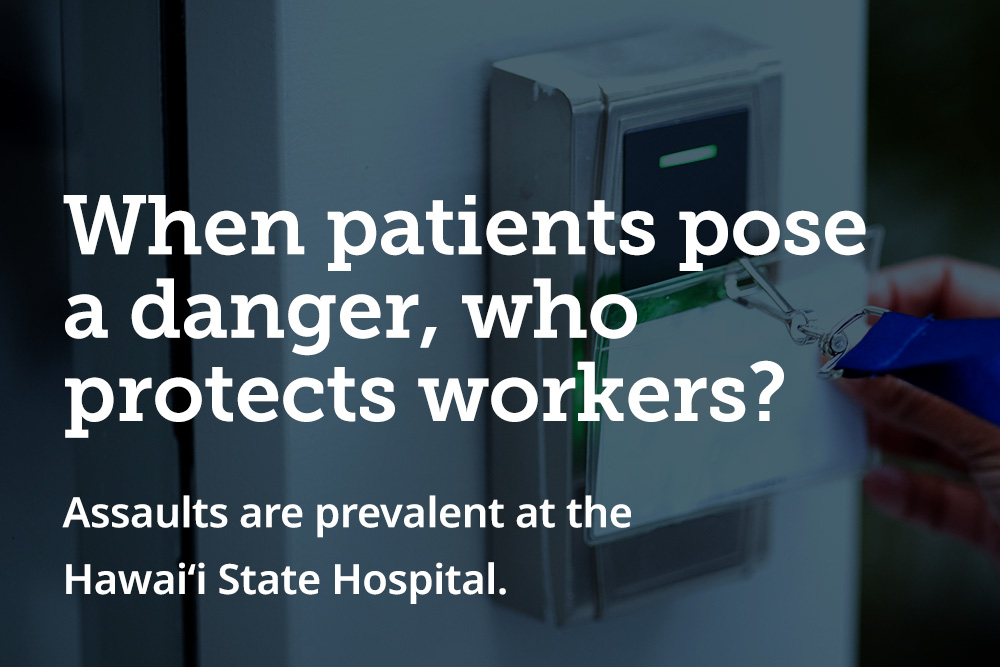
According to the American Cancer Society, about 3,000 cases of mesothelioma are diagnosed annually. The current consensus is that mesothelioma is an incurable form of cancer that attacks the mesothelium or lining of certain internal organs.
There are three main types of mesothelioma to watch out for based on the location of the mesothelium affected: pleural mesothelioma, which affects the tissue surrounding the lungs; peritoneal mesothelioma, which attacks the membrane around the stomach; and the last type is located in the lining of the heart, known as pericardial mesothelioma. Each of these forms of mesothelioma has its own targeted set of symptoms to monitor.
While mesothelioma may currently be incurable, it is possible to prolong survival and improve patients’ quality of life by managing their symptoms as long as they catch it early enough. The following addresses the types of the cancer and the question, what are the symptoms of mesothelioma.
- Pleural mesothelioma’s symptoms such as chest pain, painful coughing or trouble swallowing, and shortness of breath can be expected for a disease that specifically affects lung tissue. Pleural mesothelioma may also come with unexplained weight loss, abnormal lumps on the chest area, or even swelling in the face or arms.
- Pericardial mesothelioma shares similar symptoms, such as breathing difficulty, irregular heart rhythm, and chest pains due to the location in the chest area.
- Peritoneal mesothelioma’s symptoms similarly appear linked to the location in the abdomen, which include abdominal pain, swelling in the stomach, nausea, constipation, and unexplained weight loss.
- Some of the generalized mesothelioma symptoms across all types of the disease that may manifest are fever, excessive sweating, fatigue, blood clots, and loss of appetite.
While many of these symptoms sound incredibly common, especially during a global pandemic that affects the respiratory system, it is crucial to get them checked out by a doctor if you notice any of these warning signs persisting or anything out of the usual. It is imperative to monitor your health for these signs if you have a history of asbestos exposure.
Doctors often arrive at a mesothelioma diagnosis by accident during other routine screenings or X-rays. Although, advancements in health science have revealed that people with mesothelioma have high levels of substances like fibulin-3 and soluble mesothelin-related peptides (SMRPs). Measuring for these substances can be another way to reach an early diagnosis. The best method to catch mesothelioma early is in scenarios where patients can tell their doctors if they have been exposed to asbestos, the toxic fiber with a known causal link to the disease.
However, there are many cases where people are unaware of their asbestos exposure. It can take anywhere from 20 to 50 years for symptoms to manifest after the initial exposure to asbestos. By that time, the cancer has usually spread. Signs including fatigue, chest pain, and weight loss do not typically appear until mesothelioma has already progressed. Pressure on the nerves or other parts of the body typically occurs in stage 3 or 4 mesothelioma cases. Additionally, these symptoms are often misdiagnosed as more common conditions, which can cause further delay. Therefore, it becomes that much more important to pay attention once those symptoms present themselves in order to seek proper treatment as soon as possible.






